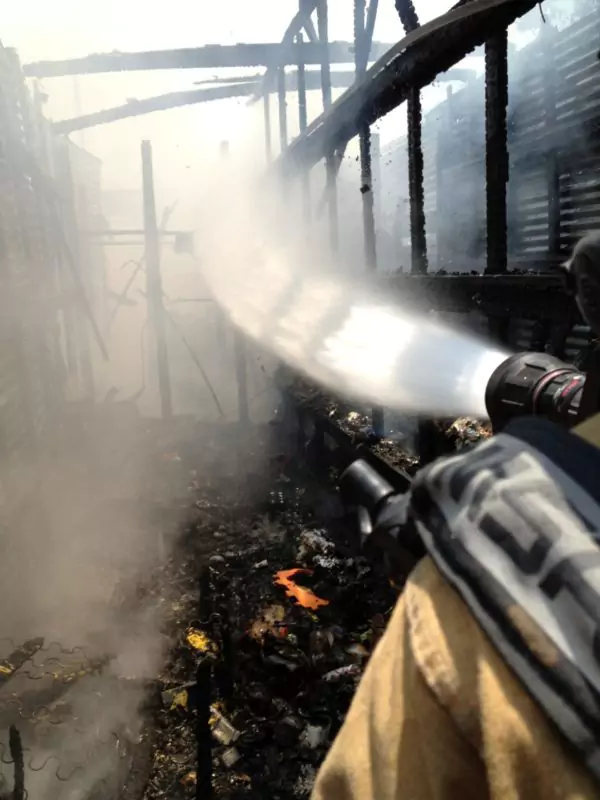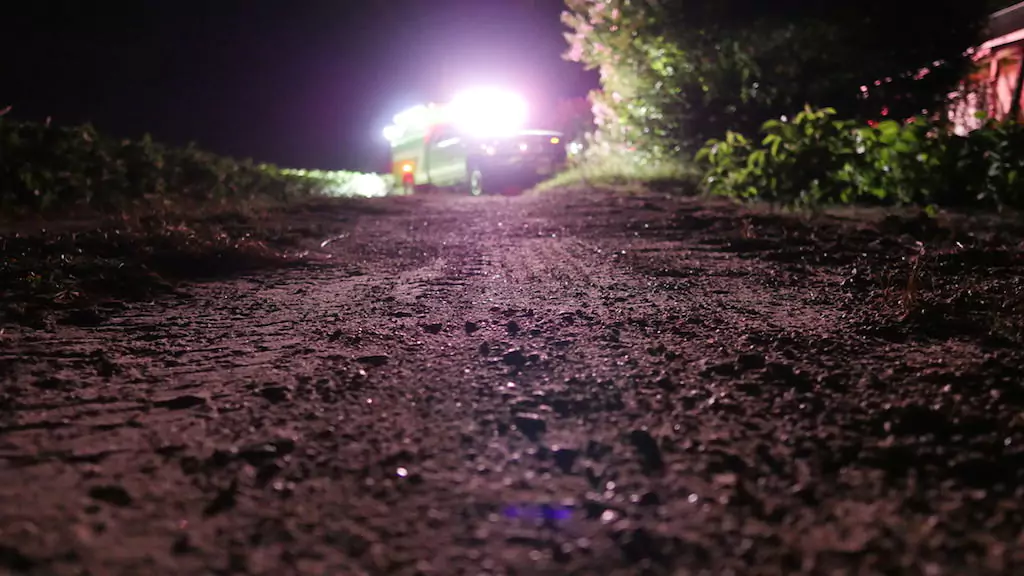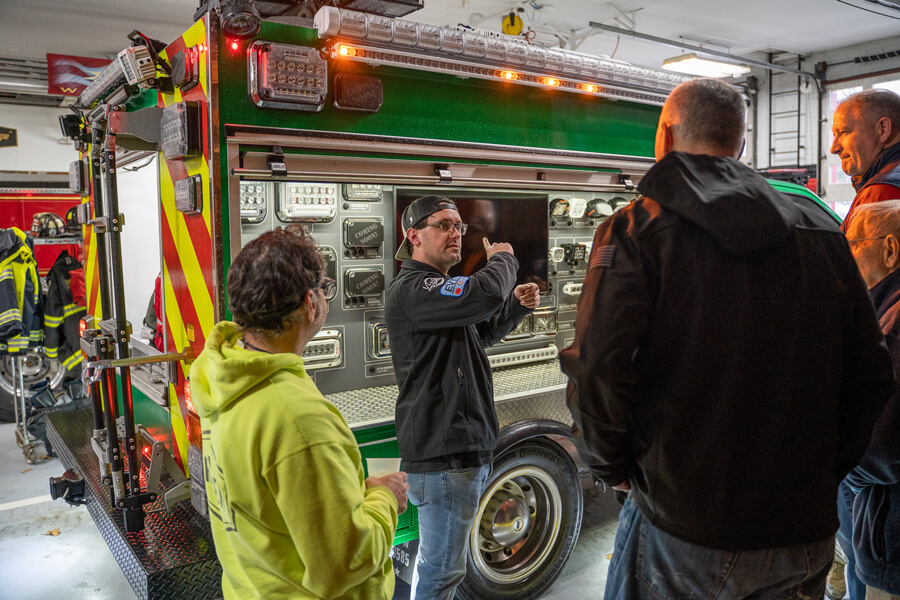a simple comparison to help firefighters grasp seemingly complex topics in LED scene lighting.
By Sam Massa
Firefighters often get a bad rap in the technical communities as being more like cavemen than the scholarly “academic” types. After all, our group does run in to burning buildings when everyone else is running out. What most don’t understand, however, is that firefighters do NOT typically run in to structures blindly without a very calculated assessment of the situation and an application of a finely honed set of skills that they have mastered during their training.
To read a list of some things a certified firefighter is required to know: reading smoke… understanding pyrolysis and thermochemical decomposition…knowing advanced hydraulic theory and on-the-fly calculation of friction loss… a variety of topics in the emergency medical field… just to name a few… It would be reasonable to assume the profession was more akin to rocket science than “merely” putting out fires.

Its amazing to me how a certified firefighter will – despite all their knowledge of specialized technical topics – go completely cross eyed when the topic of scene lighting is brought up while we are working on their truck spec. I mention “lumen, lux, and efficacy” and it’s as though I’m speaking a rare foreign language to my group.
After 5 years of attempting to unsuccessfully explain these three topics to firefighters, while sitting in a Hose Streams and Appliances class, I had a revelation: Lighting theory and spraying a fire hose are VIRTUALLY IDENTICAL.
Check this out:
LED SCENE LIGHTING: LUMENS
“Lumens” is the measurement of total comprehensive output from a light source. This measurement refers to light at the source- at the fixture itself- and does not help the user gain any sense of how well the fixture will illuminate the scene. It’s a “total power” type of rating more so than a measure of how much light is on the target.

LUX / FOOT-CANDLES
“Lux” is the measurement of how much useable light is hitting what the fixture is aimed at. Typically, because this is such a finite measurement, it is coupled with an “area.” For instance; “Light A” will illuminate an area on the ground 30 feet away from the fixture that is 10’ wide by 10’ long to 50 lux. A fixture can not be rated in “lux” like it can be “lumens” because lux is measured on whatever the fixture is shining on, Lumens is measured at the source. Lux is a metric measurement, Foot-Candles is Imperial.

LUMENS CAN BE EQUATED TO THE GPM
In firefighting terms, think of a hand-line flowing 250GPM of water. If the appliance is an adjustable fog nozzle, changing the pattern from straight stream to fog does not change the GPM or flow rate, just the spread and direction of the water. “Lumens” can be equated to the GPM, the optics are the nozzle pattern, and the amount of water hitting any given point is the “Lux”.
In straight stream mode you’ll get either a lot of distance or a high intensity on something very close, but when you open the pattern up, the fog pattern disperses that water into tiny droplets that cover a larger area with less intensity in any given location. In lighting, a spot light gives you a lot of intensity in a small area or great reach, but by simply changing the optics to flood optics, you can disperse the light over a much broader area for more even overall scene lighting.
With Efficacy, think about how Friction Loss affects how you’d pump an apparatus. Just as things like distance, diameter, and vertical rise can skew your total output and flow rate, in lighting, things like thermal management and optic efficiency can affect how likely it is to achieve the expected effect of the total measured “Lumens.” As a fixture gets hot, the output from the LEDs will suffer. It is absolutely critical that the device manufacturer have a plan in place for how the fixture will regulate its own temperature (or just like the way friction loss would affect an entry team as they advance up multiple flights of stairs) you will see a significant drop in light output as the fixture gets hot.
With this basic understanding of the most fundamental components of lighting, an educated Apparatus Spec Writing committee can make a more informed decision on the fixtures and configurations they need to get their job done. This will result in purposefully chosen fixture placement that is not a guess, and after installation will provide superior illumination in the areas firefighters need light in order to maximize safety while they are on scene.
About HiViz LED Lighting
SAM MASSA is the President and Chief Technologist for HiViz LED Lighting, a manufacturer of specialty scene lighting equipment with a primary focus on the Fire and Emergency Services market. Sam is a North Carolina Firefighter / EMT and community contributor / active participant who provided valuable public commentation from the Scene Lighting industry to the NFPA 1901 revision’s technical committee. Sam has 11 years of entrepreneurial experience running small business and advising industries on technical topics ranging from Fuel Systems to LED Scene Lighting.
HiViz LED Lighting is located in Lillington, NC and is a member in good standing with the Fire Apparatus Manufacturer’s Association. For more information about how FireTech Brow Light, Scene Light, Work Lights, and Compartment Lighting solutions can be implemented in your fire department and on your fleet, contact HiViz LED lighting here.


